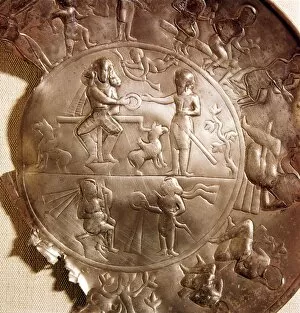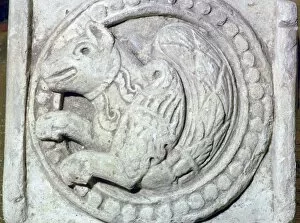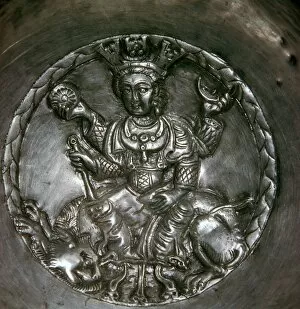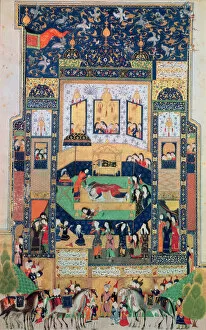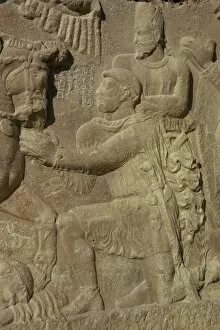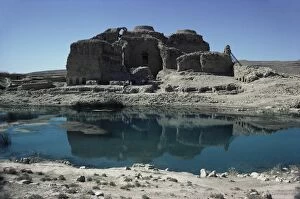Sassanian Collection (#2)
"Sassanian: A Glimpse into the Glorious Persian Empire" Step back in time and immerse yourself in the grandeur of the Sassanian dynasty
For sale as Licensed Images
Choose your image, Select your licence and Download the media
"Sassanian: A Glimpse into the Glorious Persian Empire" Step back in time and immerse yourself in the grandeur of the Sassanian dynasty. Marvel at the intricate details reliefs, carved with precision and skill, telling tales of triumph and power. One such relief transports us to the "Triumph of Shapur I, " where this mighty ruler is depicted on horseback, leading his army to victory. The sheer scale and artistry of these reliefs leave us in awe of their historical significance. Venturing further, we discover the ruins of a majestic Sassanian palace. These remnants stand as a testament to an era when opulence knew no bounds. As we explore Naqsh-e Rustam, our eyes are drawn to another remarkable sight – Roman Emperor Valerian kneeling before King Shapur I. This momentous event forever etched into stone symbolizes Sassanian dominance over its adversaries. The costumes worn by Achaemenid kings captivate our imagination as we envision their regal splendor. These elaborate garments speak volumes about Persian culture's rich tapestry and its influence on subsequent civilizations. Intriguingly, another relief reveals a different side to history – that even great empires can fall. Witnessing Roman Emperor Valerian yielding before King Shapur I reminds us that power dynamics can shift unexpectedly. Naqsh-e Rostam presents yet more wonders with its stone reliefs adorning mountainsides; each carving tells a story waiting for curious minds to unravel them. A view from afar allows us to appreciate an ancient mud-and-clay citadel standing resolute against time's relentless march. Its walls whisper secrets from centuries past while inviting contemplation on human ingenuity and resilience. Moving forward through history, we encounter "The Victory of Heraclius" juxtaposed with "the Execution of Chosroes.




